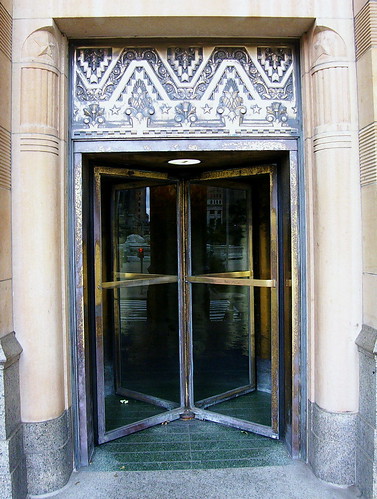There have been many research studies into what factors make a person a potential victim. Most of these factors relate to body language cues and psychological factors such as dominant vs. submissive personality types. However, one of the most distinguishing cues that separate’s a potential victim from a non-victim is the way we walk…
The most influential study into non-verbal cues was carried out in 1981 by Grayson and Stein. Briefly, they shot silent black and white videotape of 60 people walking in New York City, without their knowledge and in a single location. They then asked inmates incarcerated for violent crime to rank them for perceived assault potential.
The findings were surprising because ‘victims’ were not selected on obvious criteria such as size, gender, race, or age. Interestingly, the inmates themselves could not articulate why they chose some people as potential victims and not others suggesting that victim selection was an unconscious or intuitive process.
However, careful analysis of the videotape revealed that victim selection was dependent on the way people walked. In particular the following five criteria were important in identifying a person as a potential victim:
1. Length of stride: Having too long or too short a stride for their height.
2. Walking rate: Walking faster or slower than the general pedestrian traffic around them. Walking too slow makes you look like you lack purpose, too fast can makes you look nervous.
3. Fluidity of gait: Having a jerky or uncoordinated gate. Shuffling, staggering or just looking awkward.
4. Wholeness of body movement: Not moving their body from the centre as a coordinated whole. Swinging arms in an uncoordinated way. This projects an image of weakness, poor balance and lack of confidence.
5. Posture and gaze: Slumped posture and downward gaze. This suggests submissiveness and lack of awareness.
Though each of these factors in isolation may give out important subconscious cues to an attacker it also seems that all these factors taken together make you look different to people around you and therefore make you stand out from the crowd. Perhaps, just as we look for those differences in behaviour that makes a potential attacker stand out from the crowd, an attacker subconsciously looks for differences in walking styles to identify a potential victim.
Can we or should we change the way we walk? Well, according to experts it’s virtually impossible to suddenly change the way we move or fake body language. Positive changes in gait and body language have to be earned!
Knowledge is power they say – the way to develop ‘positive walking’ is to firstly develop better awareness skills– which require you to look up and engage with your environment, making eye contact with people. This alone will start to make you look more confident and give you a more upright posture.
Secondly, improving fitness will impact on your balance, coordination and strength which in turn should help you develop a more positive walking style.
Finally, learning some self-defence skills has been shown to actually reduce your chances of being attacked. This is related to the confidence and assertiveness cues you give out in your general body language.
So, it’s time to analyse the way you walk; don’t make yourself a victim through ignorance. If your posture and gait is found wanting do something about it – you can’t change it overnight but you can change it over time and the sooner you start……
Ref: Why is everyone always picking on me?
Body language and assault prevention

This work is licensed under a Creative Commons Attribution-Noncommercial-Share Alike 2.0 UK: England & Wales License.










